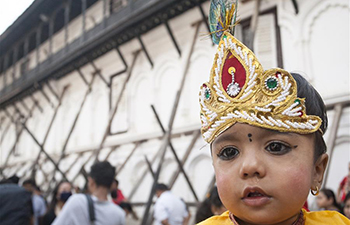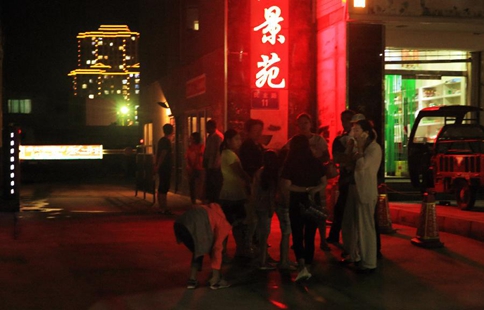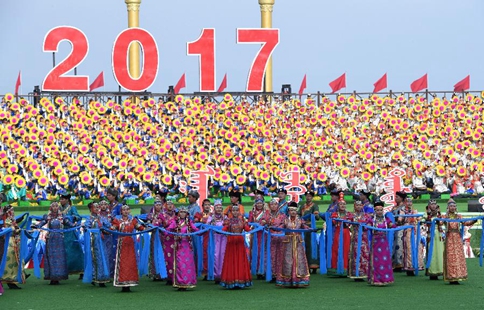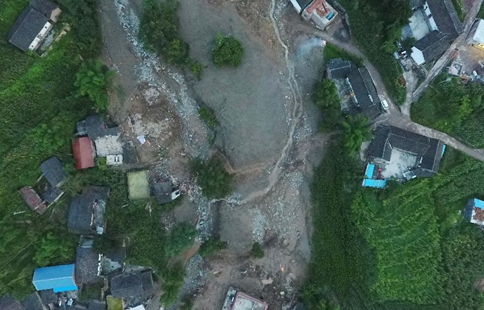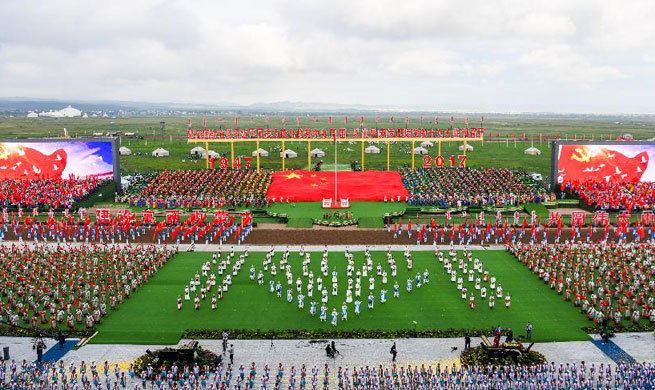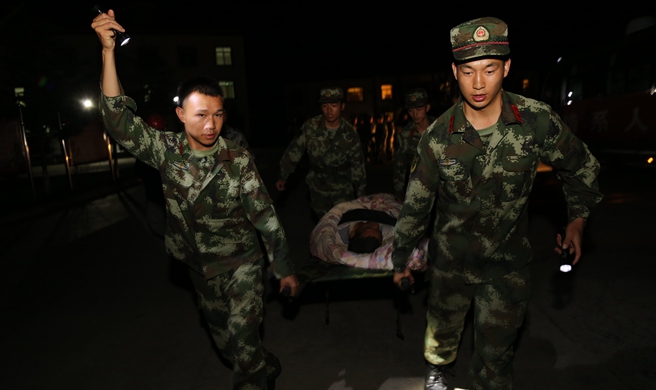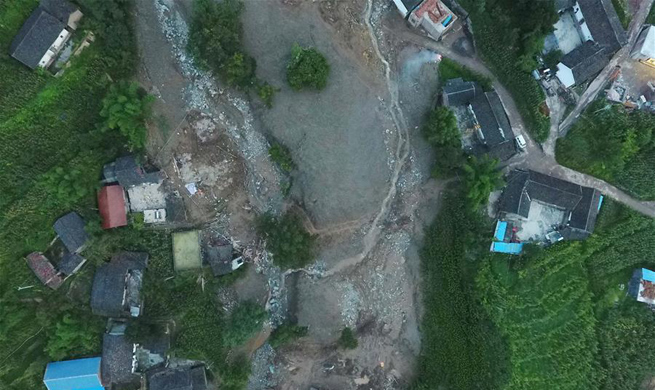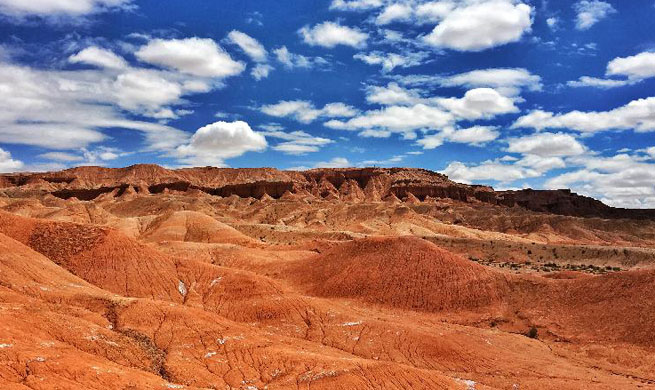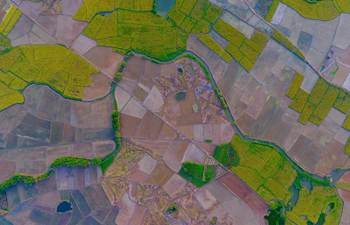SAN FRANCISCO, Aug. 8 (Xinhua) -- The Eclipse Megamovie project has assembled a group of some 1,500 officially trained volunteers across the United States to photograph the Aug. 21 total solar eclipse along its path using digital single lens reflex and mirrorless cameras with telephoto lenses.
A collaboration between the University of California, Berkeley, and Google, a technology company headquartered in Northern California, the project aims to provide a lasting photo archive for scientists studying the sun's corona. It was initially kicked off months ago for the first total eclipse visible from the continental United States since 1979.
Both UC Berkeley and Google reassured Tuesday that images from the volunteers will be stitched together into a short, time-lapse movie of the eclipse that should be ready to view early in the evening Eastern Time on August 21 on the project's website. The project team will continue to compile photos from the official volunteers into subsequent, longer movies.
Solar physicist Juan Carlos Martinez Oliveros, who is part of the Eclipse Megamovie team at UC Berkeley's Space Sciences Laboratory, noted that besides helping scientists to learn more about the sun's atmosphere, in particular magnetic waves in the chromosphere and the corona, the images can also help determine more accurately the shape of the moon.
In addition, the Eclipse Megamovie project has released an application, or app, that makes it easy for citizen scientists with smart phones to photograph the solar eclipse and upload the images to the project.
The app, available for Android phones through Google Play store and for iPhones through iTunes' App Store. When downloaded and installed, the app walks users through a simple process to point smart phone at the sun using an appropriate filter to protect the camera's sensors. Once protected and pointed properly, the camera determines where the user is and automatically starts taking photos of the sun 15 seconds before totality, snaps periodic shots throughout the total eclipse, and takes a series of photos during the 15 seconds after the total eclipse has ended to capture the "diamond ring" effect.
Once within range of a Wifi connection, the app will prompt users to upload the images and other data, such as location, to the project.
The eclipse will traverse the entire country in a band about 70 miles, or 110 kilometers, wide, beginning the morning of Aug. 21, on the Oregon coast in the U.S. Pacific Northwest and ending 90 minutes later, in mid-afternoon, off the coast of South Carolina in the southeastern United States. Depending on where the observer is, it will last a maximum of 2 minutes, 40 seconds.
Oliveros cautioned that smart phones, cameras, binoculars or telescopes must be protected by an eclipse filter, created either by cutting up eclipse glasses and taping the filter over the camera lens, or by buying a special sun-safe filter or a number 14 welder's glass to mount over the objective lens.






